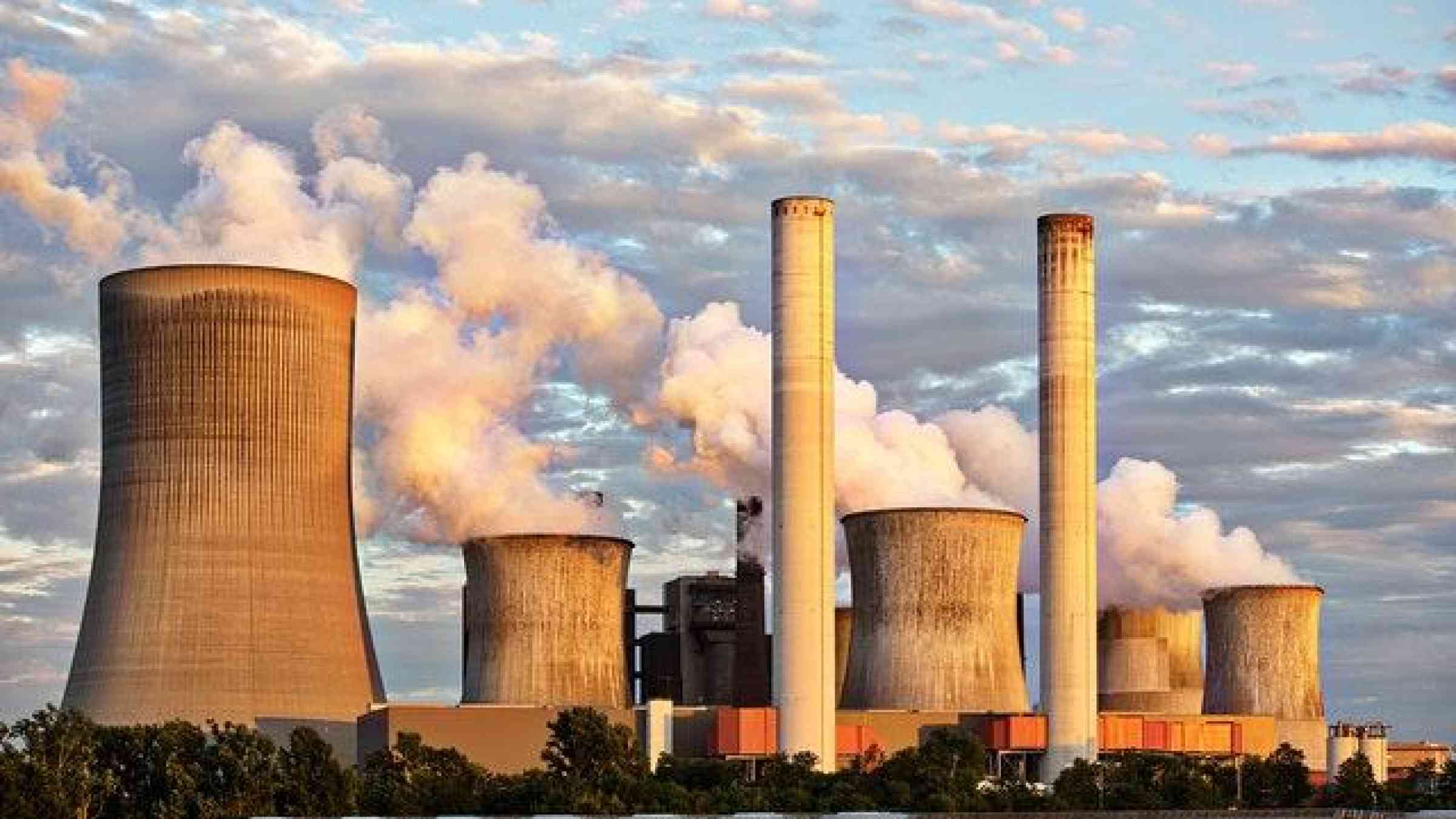
By Mami Mizutori, Special Representative of the Secretary-General for Disaster Risk Reduction, United Nations Office for Disaster Risk Reduction
- COVID-19 is only one of many global hazards that threaten our existence.
- Past warnings of a pandemic were often ignored, despite mounting evidence that countries needed to prepare for one.
- Here is how we must overhaul our risk reduction strategies to protect ourselves from other global disasters.
All over the world, life as we know it has unravelled faster than we could ever have imagined.
In a few countries, the spread of COVID-19 itself is slowing, offering a glimmer of hope. But the socio-economic impact on the world’s most vulnerable people continues to worsen. The outlook is grim for millions who live hand-to-mouth, in slum-like conditions or in crowded refugee camps.
Given the scale of the challenge, what do we need to do now?
First, we must recognize that the nature of risk in our society has changed dramatically. Human activity has become the dominant influence on the environment and climate, in what is known as the age of the Anthropocene.
Risk has become systemic. It cannot be divided into categories that are then assigned to health authorities, disaster management agencies or early warning centres. If governments continue to operate in this way, the bigger picture as a disaster unfolds will remain unseen and the solutions will not be fit for purpose.
Risk reduction solutions are needed across sectors such as water, sanitation and hygiene; education; health and nutrition; livelihoods; child and social protection; shelter and housing; and public open spaces.
To make things worse, several hazards may strike at once. Disasters have already coincided with the COVID-19 crisis: two weeks ago, Croatia experienced a 5.5 Richter earthquake, and Vanuatu has been hit by a category 5 cyclone.
Viruses do not respect the timelines of other disasters. They do not respect borders or politics. This is why we need global solutions that will still work when we decide to re-open our borders.
Second, these solutions must prioritize aid to the most vulnerable. Most of the world’s poor live in countries where public health infrastructure and services are not fit for purpose at the best of times.
The United Nations Secretary-General has called the current situation a human crisis, emphasising that we need to focus on people and the most vulnerable communities. Solutions must cover the need to prevent the spread of COVID-19 as well as the need to respond to the extensive socio-economic impact on people.
Third, the world’s richest nations must recognize that they have ignored the risk of a pandemic for far too long. This disaster has been foretold - many times - and now threatens the health of everyone on this planet.
Only six months ago, the Global Preparedness Monitoring Board, a joint initiative of the World Health Organisation (WHO) and the World Bank, released the report “A World at Risk”. It warned of a “very real threat of a rapidly moving, highly lethal pandemic of a respiratory pathogen killing 50 to 80 million people and wiping out nearly 5% of the world’s economy.”
Two years earlier, the International Working Group on Financing Preparedness, issued the report “From Panic and Neglect to Investing in Health Security”. It warned: “Multiple pandemics, numerous outbreaks, thousands of lives lost and billions of dollars of national income wiped out – all since the turn of this century, in barely 17 years – and yet the world’s investments in pandemic preparedness and response remain woefully inadequate.”
How much would it have cost to secure the world against such a contingency?
Three years ago, the Commission on a Global Health Risk Framework for the Future proposed measures to stave off health disasters including an annual investment of $3.4 billion to upgrade national health systems; $1 billion investment in research and development and up to $155 million for the WHO to establish a dedicated Centre for Health Emergency Preparedness and Response.
Considering the current economic downturn and the lack of capacity to respond adequately to the pandemic, those sums seem very reasonable.
Fourth, success in managing disaster risk depends on good governance and political commitment.
Five years ago, UN member states extended the definition of risk to include biological hazards when they adopted the Sendai Framework for Disaster Risk Reduction. This was a result of a push from countries which had experienced Ebola, MARS and SARS.
The Sendai Framework calls for a substantial number of member states to have a national strategy for disaster risk reduction by the end of this year. However, to date, only 81 countries report having these in place. Not many of these strategies include pandemic threats. It is time now to rectify this following WHO guidelines.
This crisis has given us a huge opportunity to reboot how we view economic growth and to recognize what is important for our survival as a species and for the sustainable development of the planet.
COVID-19 is a wake-up call. It would be a fatal mistake to reach for the snooze button.
